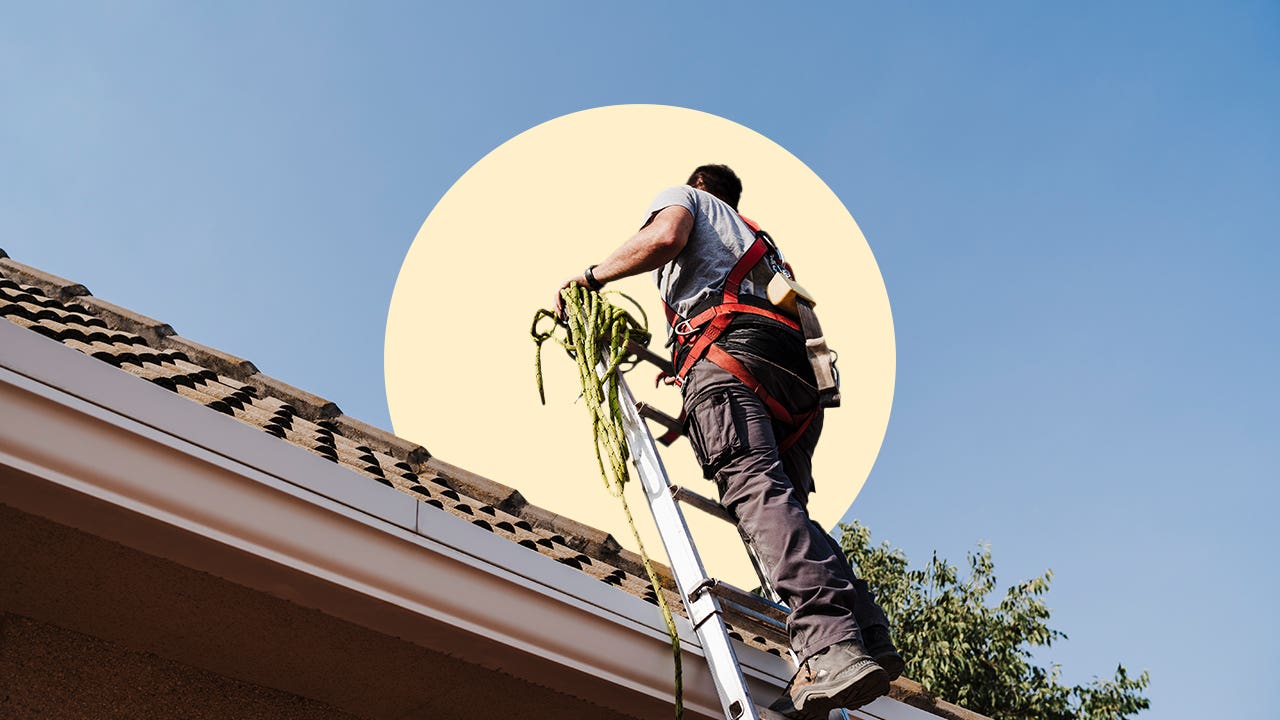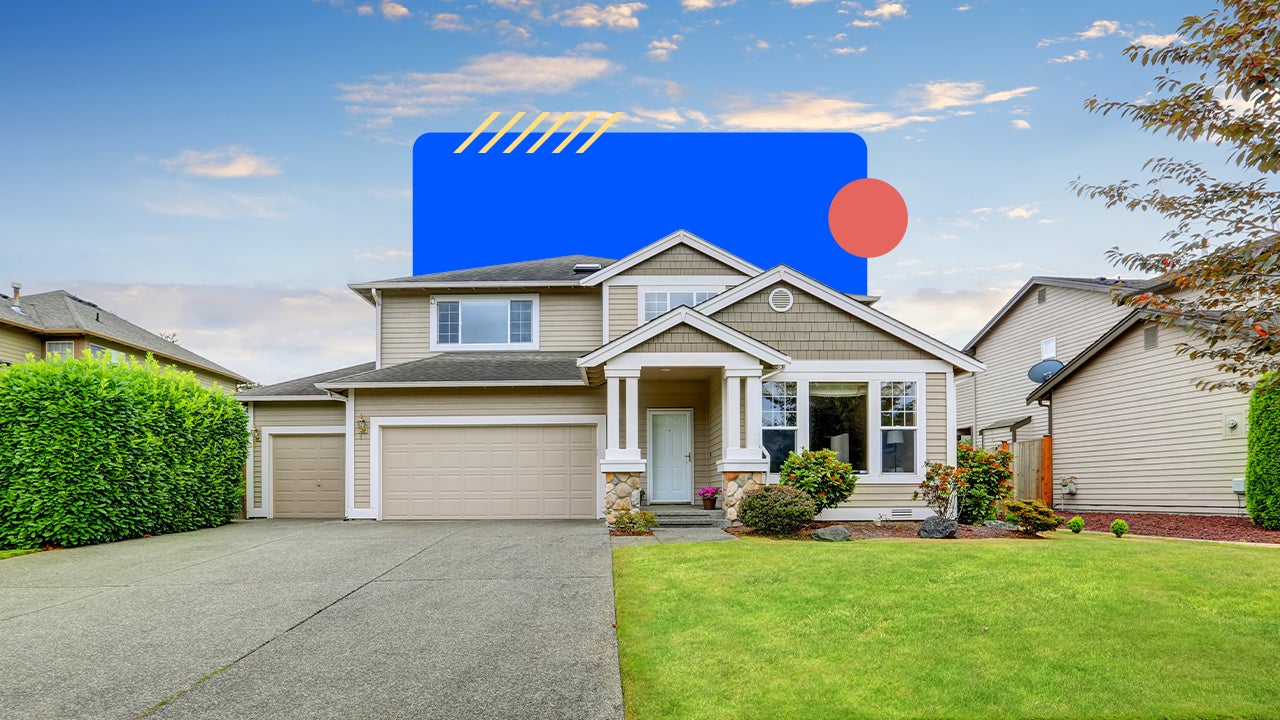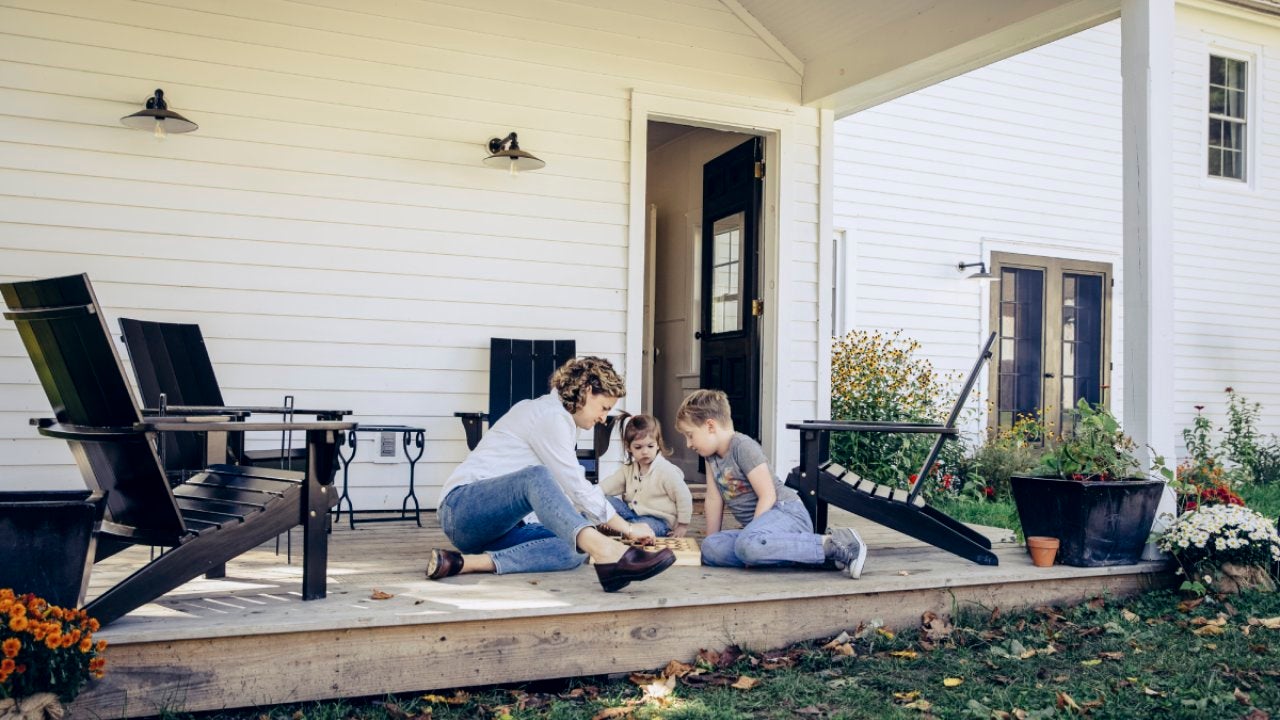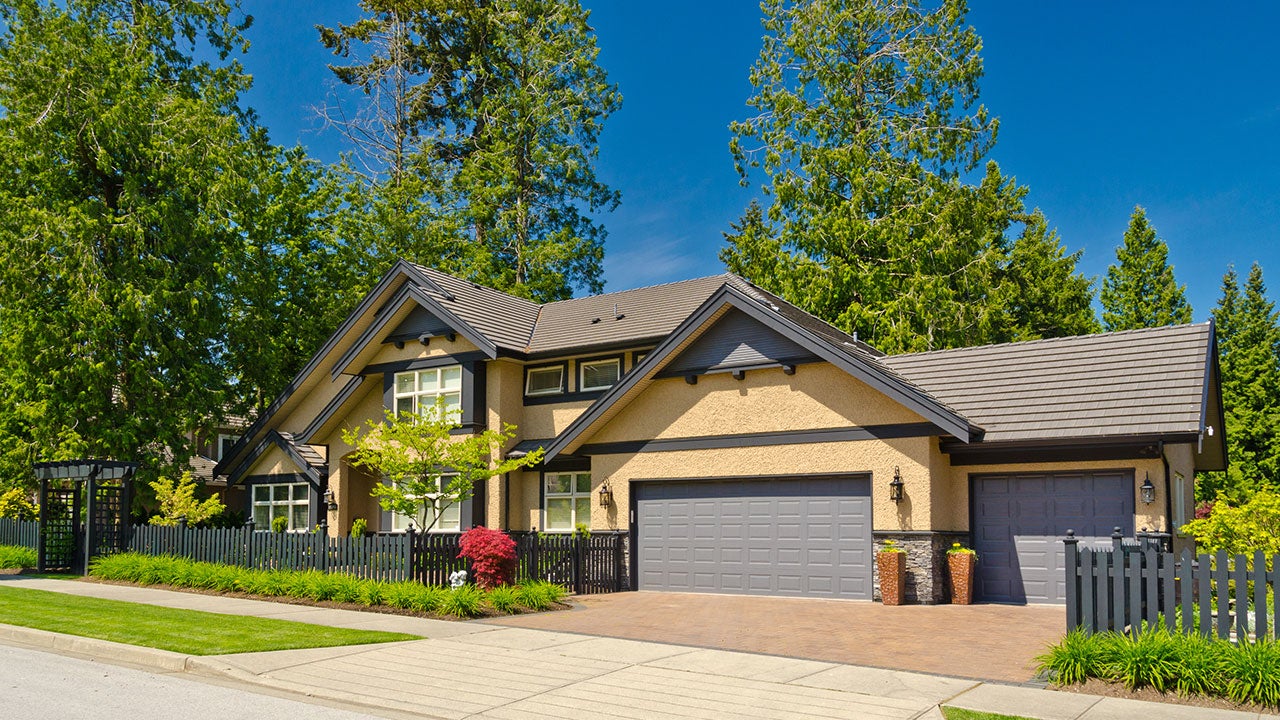FHA 203(k) loans: What they are and how they work




Key takeaways
- FHA 203(k) loans provide funding to finance both a home’s purchase and the cost of repairing it.
- This type of loan, which you can obtain from an FHA-approved lender, is reserved for borrowers who intend to live in the home, not house-flippers or investors.
- There are two types of 203(k) rehab loans: limited, for repairs less than $75,000, and standard, for more expensive projects.
What is an FHA 203(k) loan?
An FHA 203(k) loan, also known as an FHA 203(k) rehab loan or Section 203(k) loan, combines the financing for a home’s purchase and remodeling or repairs into a single loan. Along with these costs, you can also use a 203(k) loan to finance up to six months of mortgage payments while you live elsewhere during renovations. Like other FHA loans, a 203(K) loan is insured by the Federal Housing Administration and offered by FHA-approved mortgage lenders. It also comes with the requirement to pay FHA mortgage insurance.
There are two types of FHA 203(k) loans: limited 203(k) and the more popular standard 203(k). Here’s an overview:
Types of FHA 203(k) loans
| Type of loan | Designed for | Minimum cost requirement | Maximum loan amount |
| Limited or streamline 203(k) loan | Minor improvements and non-structural projects (like painting or installing new flooring) | None | $75,000 |
| Standard 203(k) loan | More extensive jobs, including major structural work (like building an addition) | $5,000 | Depends on the county’s FHA loan limits |
How does an FHA 203(k) loan work?
A 203(k) renovation loan can be a 15- or 30-year fixed-rate or adjustable-rate mortgage (ARM). The amount you can borrow depends on criteria such as your credit rating and income. The total amount borrowed through 203(k) loans must be within FHA loan limits for the area in which the home is located.
Generally, the most you can borrow for the loan is the lowest of the following:
- The FHA’s maximum loan limit for the county where the property is located
- The home’s before-renovation value plus improvement costs
- The home’s after-renovation value
What can an FHA 203(k) loan be used for?
A standard 203(k) loan can cover many major projects, including:
- Converting a property from one unit to up to four units, or the reverse
- Foundation repairs
- Adding or repairing a deck, patio or porch
- Adding or remodeling a garage
- Adding a fence
- Adding accessibility features for people living with disabilities
- Installing appliances such as a new refrigerator, cooktop or oven
- Remediating health and safety hazards, such as lead paint
This type of loan can’t cover improvements such as adding a gazebo, swimming pool or tennis court. You also can’t use it for repairs to co-ops or mixed-use properties, unless that property is primarily residential.
A limited 203(k) loan, in contrast, can cover projects like:
- Renovating a kitchen
- Painting interiors
- Replacing old carpeting
- Preparing a home for sale
FHA 203(k) loan requirements
There are many requirements to qualify for an FHA renovation loan, including:
- Occupation – The main restriction on an FHA 203(k) loan is that the borrower has to be the owner-occupant of the home. Investors are not eligible for this kind of loan, although, in certain situations, nonprofit organizations might be allowed to obtain one.
- Credit score and down payment – You’ll need a minimum credit score of 580 with 3.5 percent down, or a minimum score of 500 with a 10 percent down payment.
- Debt-to-income (DTI) ratio – Your debt-to-income (DTI) ratio, which measures your gross monthly income against your monthly debt payments, can’t exceed 43 percent.
- Renovation rules – You can only use a limited 203(k) loan for non-structural renovations costing up to $75,000. For a standard 203(k) loan, the work has to involve major construction and cost at least $5,000.
- Timeline – For the standard 203(k) loan, the work has to be completed within 12 months of closing. For a limited 203(k) loan, the work has to be completed within nine months of closing.
FHA 203(k) loan pros and cons
An FHA 203(k) loan allows you to purchase a home that needs some work without obtaining two loans. However, there are many rules for qualifying for this type of mortgage.
Pros of an FHA 203(k) loan
- One loan for both the home purchase and renovations
- Lower credit score requirement
- Low minimum down payment requirement
- Potentially lower interest rates compared to credit cards or home improvement loans
- Can finance up to six months of mortgage payments if living elsewhere during renovations
Cons of an FHA 203(k) loan
- Must plan to live in the home during or after renovation, for at least one year
- FHA mortgage insurance payments required
- Rates might be higher compared to buy-and-renovate conventional loans
- Work financed by a limited 203(k) loan must be completed within nine months
FHA 203(k) loan vs. construction loan
An FHA 203(k) loan funds the purchase of a home and qualifying renovations, while a short-term construction loan funds renovations only. Once the project is complete, you can convert the construction loan to a regular mortgage. Depending on your credit and finances, a 203(k) loan might be easier to qualify for, but a construction loan has fewer restrictions around the types of improvements you can finance.
Are FHA 203(k) loans a good idea?
An FHA 203(k) loan can be useful if you want to fix up a new home to live in, but you’re struggling to get approved for conventional funding. As government-backed loans, FHA 203(k) loans are typically easier to qualify for than conventional mortgages.
“If the house you are looking at buying needs significant work, and you intend to live in the home, not flip it or use it as an investment, then this could be a good loan option for you,” says Aaron Craig, vice president of Mortgage Sales for Georgia’s Own Credit Union.
However, since FHA 203(k) loans require extra work and oversight, they aren’t the right choice for everyone. For some people, it can be challenging to estimate their renovation costs and project timelines and ensure they align with the FHA’s requirements.
I would only recommend FHA 203(k) loans to those who know the construction industry and are not first-time buyers.— Kevin Watson, senior home loan specialist for Churchill Mortgage
“I would only recommend FHA 203(k) loans to those who know the construction industry and are not first-time buyers, as it’s a complex loan and takes a lot of coordination,” says Kevin Watson, a Nashville-based senior home loan specialist for Churchill Mortgage.
“You hear stories about some unscrupulous lenders out there making these sound easy, but I think that does a disservice to the borrower, as they are complicated and should be approached with caution,” Watson says.
How to get an FHA 203(k) loan
Once you’ve identified a home to buy and fix up, you can apply for a 203(k) loan with your lender and start working on your home projects. The process involves the following steps:
- Assign a consultant, if needed: If you’re obtaining the standard version of the loan, your lender will assign a 203(k) consultant to your project. If you’re getting the limited 203(k), you’re not required to work with a consultant.
- Work with a contractor: Once your lender signs off on the consultant’s details and closes the loan, you’ll work with a licensed contractor to handle renovations.
- Have the work completed: Your lender will issue payments to you at various phases of the renovation. As the project progresses, the consultant will inspect the work to authorize more payments.
- Wrap up the project: Once the project is finished, you’ll provide a release letter and the consultant will evaluate the work.
FHA 203(k) loan refinancing
You can use an FHA 203(k) loan to rehabilitate the home you already live in through a refinance. The process to refinance into a 203(k) loan is similar to a regular refinance, but you must meet the additional requirements of the 203(k) loan.
After refinancing, a portion of the 203(k) proceeds will pay off your existing mortgage, and the rest of the money will be kept in a mortgage escrow account until repairs are completed. You can also refinance an existing 203(k) mortgage through the FHA streamline program, which may help you get an even lower interest rate.
FHA 203(k) loan FAQ
Additional reporting by Taylor Freitas
Why we ask for feedback Your feedback helps us improve our content and services. It takes less than a minute to complete.
Your responses are anonymous and will only be used for improving our website.




